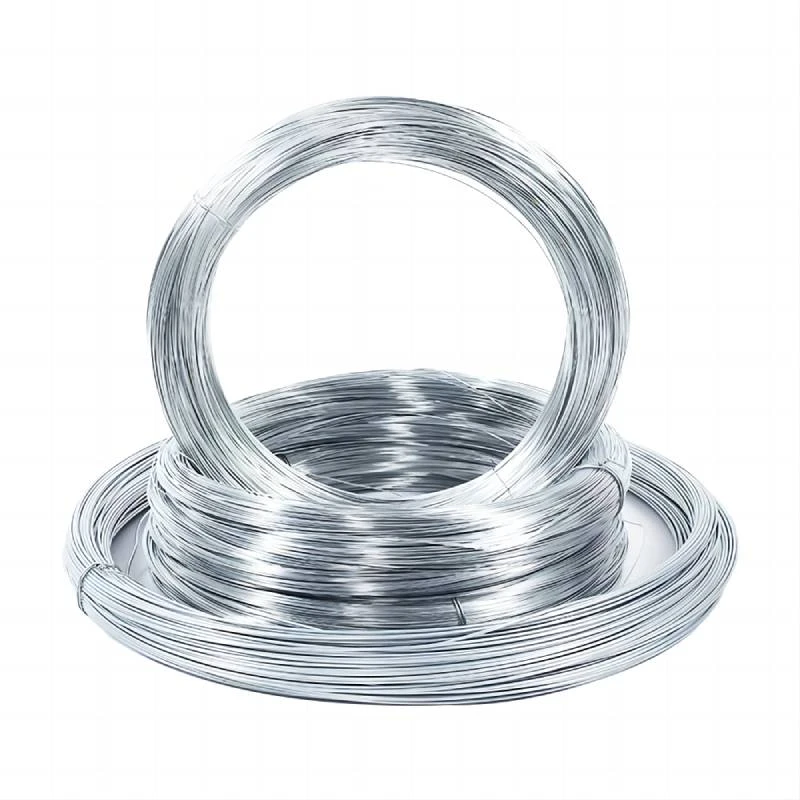stock net fencing
The Importance of Stock Net Fencing for Livestock Management
In the realm of livestock management, ensuring the safety and well-being of animals is paramount. One effective solution that has gained popularity among farmers and livestock owners is stock net fencing. This type of fencing not only provides a robust barrier for livestock but also contributes to the overall health and productivity of farming operations.
Stock net fencing, often referred to as sheep fencing or wildlife fencing, consists of a grid of vertical and horizontal wires, creating a mesh-like structure. The design is specifically intended to contain livestock such as sheep, goats, and cattle while preventing wild animals from entering the pasture. Unlike traditional barbed wire fencing, stock net fencing offers a more humane option, reducing the risk of injury to both domestic animals and wildlife.
One of the primary benefits of stock net fencing is its ability to contain livestock securely. Animals, especially those that are easily spooked or prone to wandering, can become a challenge to manage. A sturdy stock net fence provides a physical boundary that helps keep livestock within designated grazing areas. This containment is crucial for various reasons, including preventing overgrazing in certain areas, which can lead to soil degradation and reduced forage quality.
Moreover, stock net fencing plays a vital role in protecting livestock from predators. Farmers who raise animals such as sheep and goats are often concerned about threats from coyotes, foxes, and other predatory wildlife. By installing stock net fencing, farmers can create a safe environment, allowing their livestock to roam and graze without the constant fear of attack. This not only enhances animal welfare but also reduces potential financial losses due to predation.
stock net fencing

In addition to its practical benefits, stock net fencing is versatile and adaptable to different types of terrain. Whether the land is hilly, flat, or uneven, stock net fencing can be installed in a way that suits the specific landscape. This adaptability makes it a popular choice for farmers in diverse agricultural settings. Furthermore, the materials used in stock net fencing are typically durable and weather-resistant, ensuring longevity despite exposure to harsh elements.
Another significant advantage of stock net fencing is its relatively low maintenance requirement. Once installed, the fencing requires minimal upkeep compared to other fencing types. Routine checks for sagging wires or broken posts can help maintain its effectiveness, but the overall simplicity of stock net fencing makes it a cost-effective solution for farmers looking to reduce labor costs associated with fence maintenance.
Furthermore, stock net fencing can enhance the aesthetic appeal of farmland. The neat and uniform appearance of stock net fencing can complement the natural beauty of the landscape, contributing to a more visually pleasing environment. This aspect is particularly important for those who engage in agritourism or want to maintain a positive image of their farming operations.
In conclusion, stock net fencing is an invaluable asset for livestock management. Its ability to contain animals securely, protect them from predators, and adapt to various terrains makes it a preferred choice among farmers. With low maintenance needs and an appealing aesthetic, stock net fencing not only contributes to the welfare of livestock but also supports the economic viability of farming operations. For anyone involved in livestock rearing, investing in stock net fencing is a decision that can yield substantial benefits in both the short and long term.
-
Innovations in Razor Barbed Wire Design TechnologyNewsAug.11,2025
-
Roofing Nail Compatibility with Different Metal Roof TypesNewsAug.11,2025
-
Welded Wire Mesh for Rockfall Protection BarriersNewsAug.11,2025
-
Galvanized Wire Corrosion Resistance TestingNewsAug.11,2025
-
3D Fence Solutions Preventing Bird CollisionsNewsAug.11,2025
-
Using Chain Link Fence for Urban Garden SupportNewsAug.11,2025




